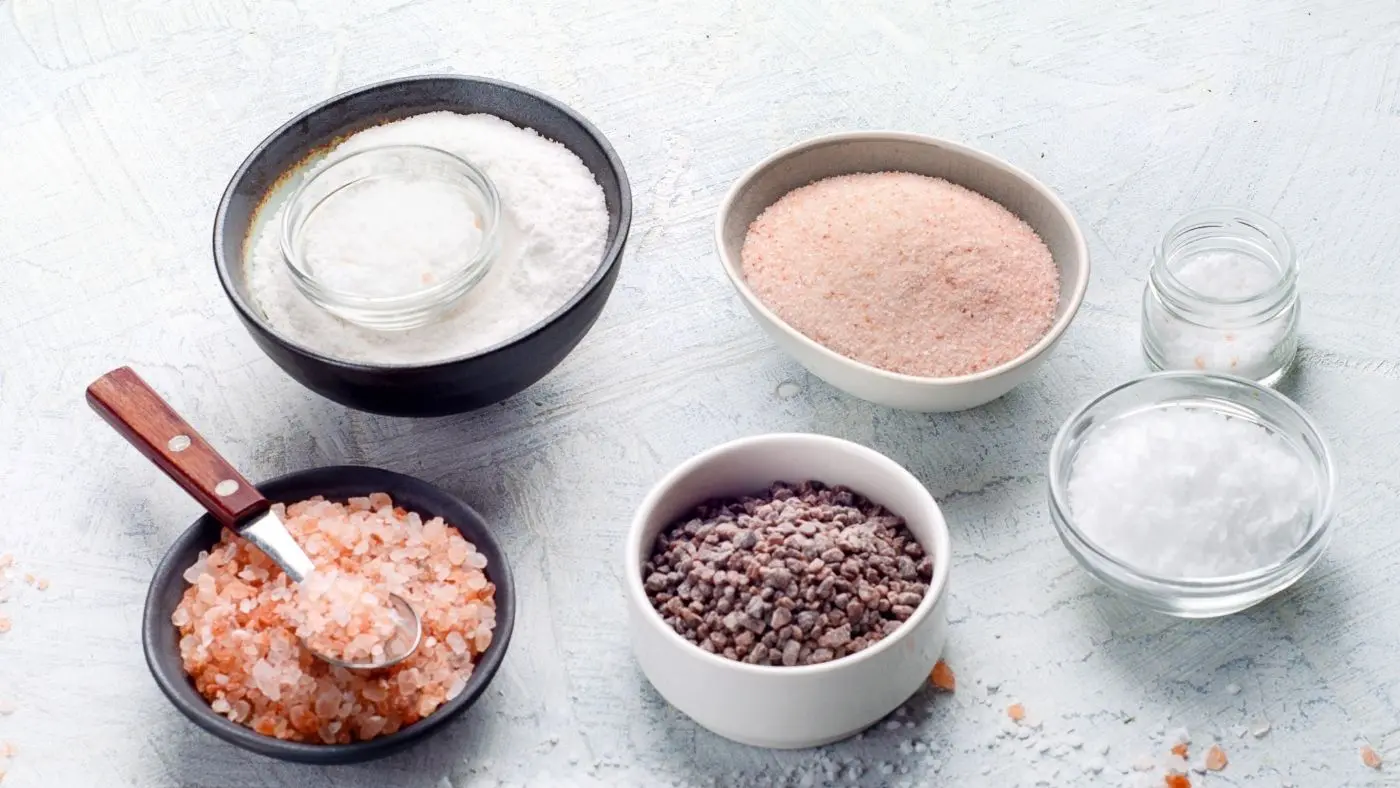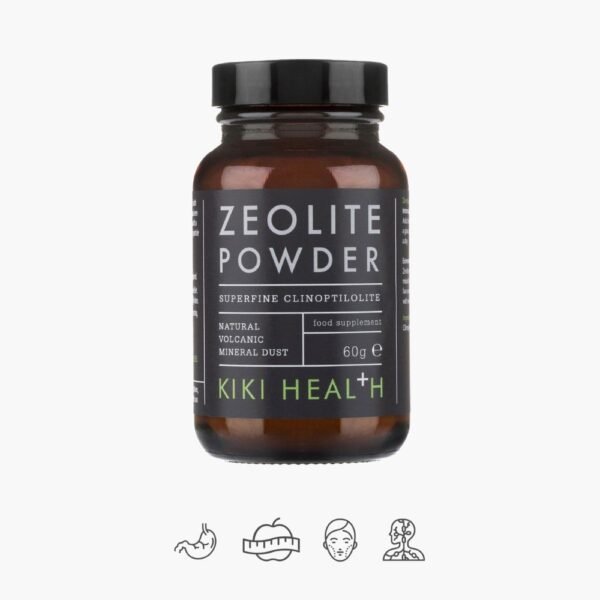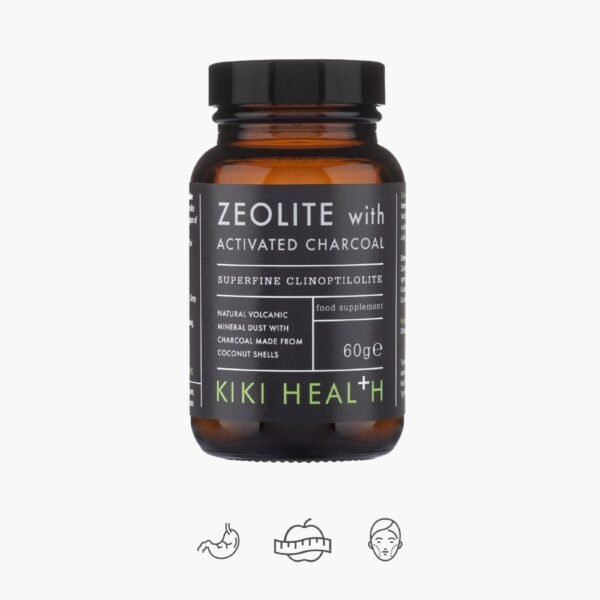It's important to monitor your sodium intake in your daily diet, but not all salt is created equal. Here are the top 5 types that are recommended and used by health professionals.
Having five different types of salt in your kitchen right now may seem like a lot. But Japan, for example, has more than 4,000 unique, delicious minerals. You may be wondering what can be done with so much salt. Is salt not evil? Indeed. Anything we consume in excess is bad for our health. But how much salt is considered "excess" and what is the best kind of salt?
Salt has a long history in human nutrition. The Egyptians are believed to have first used it thousands of years ago, and since then, salt has been used by all cultures to preserve food or as a spice. Salt enhances the taste of our food and is much loved in every kitchen in the world. Salt can be found everywhere, from spaghetti sauce to chocolate chip cookies. It is also well known that adding a little salt to baked goods makes the final product sweeter. For example, try sprinkling salt on a piece of watermelon and watch it come to life.
How much salt is too much?
The chemical name of salt is sodium chloride. Sodium is an essential nutrient for human health and is necessary for every muscle in the body to contract, including the heart. The Harvard TH Chan School of Public Health says that these vital processes require about 500 milligrams (mg) of sodium each day.
Although salt adds a lot of flavor to food, too much sodium in the body can lead to water retention and high blood pressure. High blood pressure, or hypertension, is a huge factor that affects overall health, especially heart health.
It's especially important to watch sodium when you're lacking potassium in your daily diet. Potassium balances the effects of sodium and lowers blood pressure. Although potassium is found in many foods, many Americans are deficient in this essential nutrient, which means we need to watch our sodium even more closely. Although potassium is found in many foods, many people are deficient in this essential nutrient, which means we need to watch our sodium intake even more closely.
For example, the average American consumes about 3,400 mg of salt per day, which is far more than is recommended for good health. One teaspoon contains about 2,300 mg of table salt. People who have high blood pressure or heart disease is recommended consume about 1,500 mg of sodium per day. However, it should be noted that even a small reduction in daily salt intake can make a big difference in heart health.
The thing is, we don't get most of our sodium from the salt in our kitchen. More than 70 percent of the sodium in our diet comes from processed foods. While most people know that processed foods are loaded with salt, they forget that many other high-sodium foods include bread, salad dressing, and cheese.
The most important change you can make to lower your blood pressure is to cut back on processed, packaged, and cafeteria foods and include more unprocessed, healthy foods in your diet.
When you want to add salt to your food, the type you choose can have a big impact on the taste. Research suggests that the reasons for the taste are the size of the salt crystals, as well as the minerals that bind to the salt, which affect its taste and perceived saltiness. Here are some of the most important types of salt and what you need to know about them.
Types of salt
Sea salt
Sea salt is obtained from seawater that has been evaporated, leaving the natural salt behind. According to Mayo Clinic, sea salt is less processed than table salt and contains more trace minerals. You may find that you enjoy the taste of sea salt more than table salt, but in this case "less processed" sea salt is not a healthier choice. Both sea salt and table salt contain about the same amount of sodium by weight. There is a type of sea salt that is harvested from seaweed, which gives it a rich flavor.
Himalayan salt
Mined from the ancient seabed in Pakistan, this salt is naturally pink in color due to the trace elements it contains. Many people claim that this makes salt healthier, but there is no strong evidence that this is the case. When it comes to sodium (the main nutrient of concern), Himalayan salt and table salt contain about the same amount of sodium by weight. Some people claim that using a lamp made from a large piece of pink Himalayan salt releases negative ions that can improve air and sleep quality. However, science has not yet confirmed this at all.
A lump of sea salt
Chunky sea salt is also obtained from the sea, but is evaporated to form large chunks of salt. It can be a great choice as a sprinkling on cooked food, so you can feel the salty crunch and burst of flavor. Try sprinkling it on chocolate chip cookies for a truly magical taste experience!
Iodized salt
Iodized (table) salt is the most common type of salt you're likely to find in any salt shaker. Iodized salt is processed to remove trace elements and fortified with iodine, an essential nutrient for humans and one that plays an important role in thyroid function.
When iodine deficiency was common, this salt was encouraged, but nowadays most people get plenty of iodine from other food sources, including bread, many types of seafood, and milk.
Iodized salt has a small crystal size, which tends to flavor it more intensely than salt with larger crystals, such as kosher salt. It's likely that this type of salt was your No. 1 choice, but let's explore other alternatives.
Hawaiian salt
Most things about Hawaii are beautiful and their salt is beautiful! It can be red and black. Red Hawaiian salt, called alaea salt, naturally gets its color from clay. Similarly, black "lava" salt gets its color from naturally occurring activated carbon.
Like many other salts, they contain trace elements that give it a unique taste. When it comes to sodium, this type of salt will not offer a lower amount compared to table salt. Hawaiian salt can be used in cooking, but its light crunch and beautiful color are mostly used to beautify the dish and convey the original taste.
Tips
- If you are not iodine deficient, stop using iodized salt and you will enjoy a better taste.
- Choose the type of salt according to the specific dish; many recipes also specify the type of salt.
- Add just enough salt to make your dish shine, but by no means add too much.
- Eat fewer processed foods to lower your sodium intake.
It's important
*In time, pay attention to the signals sent by your well-being;
*Replenish the body with natural minerals or vitamins;
*Enjoy energy and good mood every day!
For those who are interested in how to strengthen the body, have energy, avoid mood swings and regain peace of mind, preventive health specialists recommend Testa "Your Day". This test will help you get to know your body better and get recommendations on which nutrients to enrich it with.











